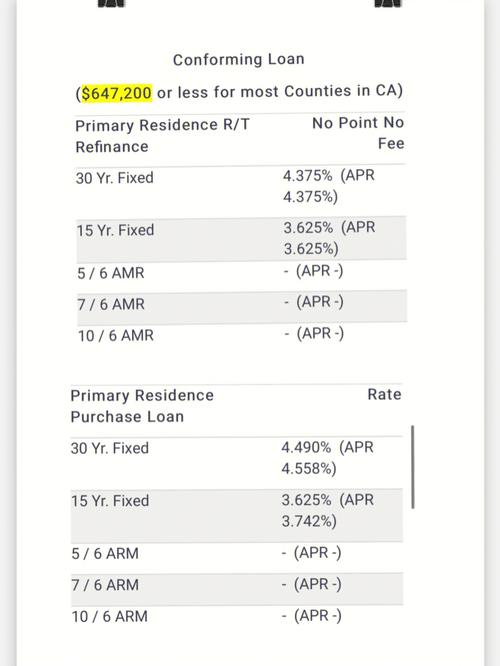Emergency Interest Rate Cut: Impact and Considerations
 summary:
The emergency interest rate cut has significant impacts on the economy and financial marke...
summary:
The emergency interest rate cut has significant impacts on the economy and financial marke... The emergency interest rate cut has significant impacts on the economy and financial markets. It aims to stimulate growth and boost liquidity. However, it also brings risks and uncertainties. The decision considers factors like economic slowdown, inflation, and financial stability. The cut could affect investors, businesses, and consumers differently and requires careful consideration.
In today's economic landscape, emergency interest rate cuts have become a crucial tool for central banks to stabilize financial markets and stimulate economic growth. As the world economy faces various challenges, including global trade tensions and uncertainty in the financial markets, emergency interest rate cuts are often seen as a swift and effective measure to address these issues. However, such actions also come with their own set of considerations and impacts that need to be analyzed.
What is an Emergency Interest Rate Cut?
An emergency interest rate cut is a policy measure taken by central banks to lower the interest rates on loans they provide to banks and other financial institutions. This action is intended to encourage lending and borrowing, thereby injecting money into the economy and boosting financial activity. By reducing the cost of borrowing, central banks aim to encourage businesses to invest and expand, which ultimately leads to higher economic growth.
Impact of Emergency Interest Rate Cuts
Emergency interest rate cuts have several significant impacts on the economy. Firstly, they help to stabilize financial markets by reducing the cost of borrowing for banks and other financial institutions. This results in increased liquidity in the financial system, which helps to mitigate the risk of financial crises. Secondly, lower interest rates encourage businesses to invest and expand their operations, leading to higher levels of economic activity and growth. Thirdly, reduced interest rates benefit consumers as well, as they can enjoy lower borrowing costs for home loans, car loans, and other loans.
However, emergency interest rate cuts also have some potential downsides. Lower interest rates can lead to a decrease in the value of savings, as the returns on investments such as bonds and bank deposits reduce. Additionally, excessive reliance on low interest rates may not address the fundamental issues in the economy, leading to a temporary boost in growth that may not be sustainable in the long run. Furthermore, there are risks associated with excessive borrowing, which can lead to asset bubbles and subsequent financial crises if not managed properly.
Considerations for Emergency Interest Rate Cuts
When considering emergency interest rate cuts, central banks need to balance several factors. Firstly, they need to assess the current economic situation and determine whether a cut is necessary to address pressing issues such as market instability or slow economic growth. Secondly, central banks need to consider the potential impact of the cut on financial markets and the economy in both the short term and long term. They need to assess whether the benefits outweigh the potential risks and downsides.
Moreover, central banks need to consider the effectiveness of alternative policies that could be used instead of or alongside interest rate cuts. For instance, they could consider implementing fiscal policies such as government spending or tax cuts to stimulate economic growth. Additionally, structural reforms that address long-term issues in the economy could be considered as well.
Finally, central banks need to communicate effectively with market participants about their intentions and reasons behind implementing emergency interest rate cuts. This helps to avoid market uncertainty and volatility that could arise from unexpected policy changes. By providing clear guidance and communication, central banks can ensure that the policy measures are implemented effectively and contribute positively to economic growth.
In conclusion, emergency interest rate cuts are a crucial tool for central banks to stabilize financial markets and stimulate economic growth. However, it is important for them to carefully consider the potential impacts and risks associated with such policies before implementing them. By balancing various factors and providing clear communication with market participants, central banks can ensure that emergency interest rate cuts are effective in addressing economic challenges while minimizing potential downsides.

